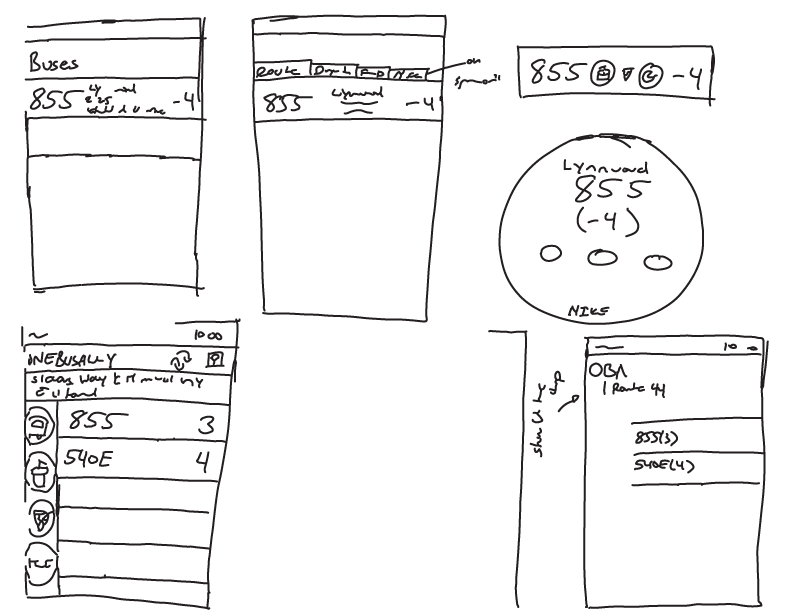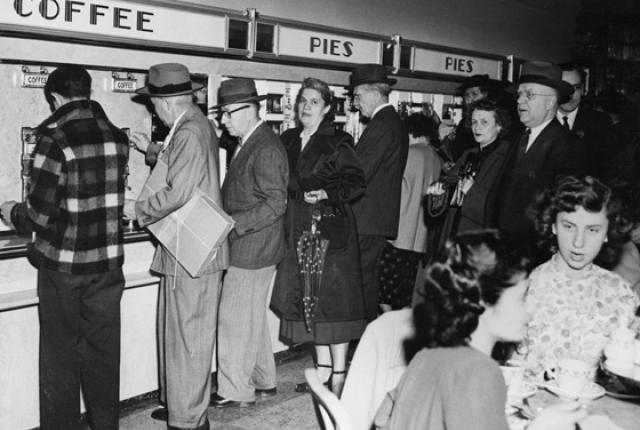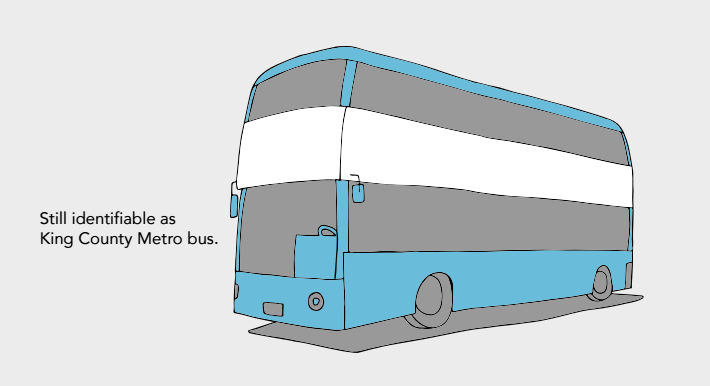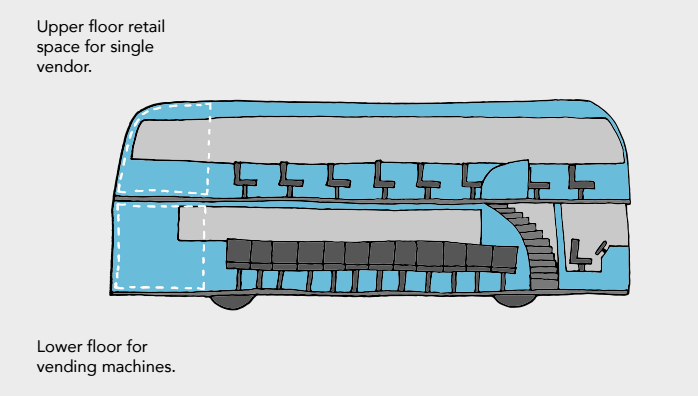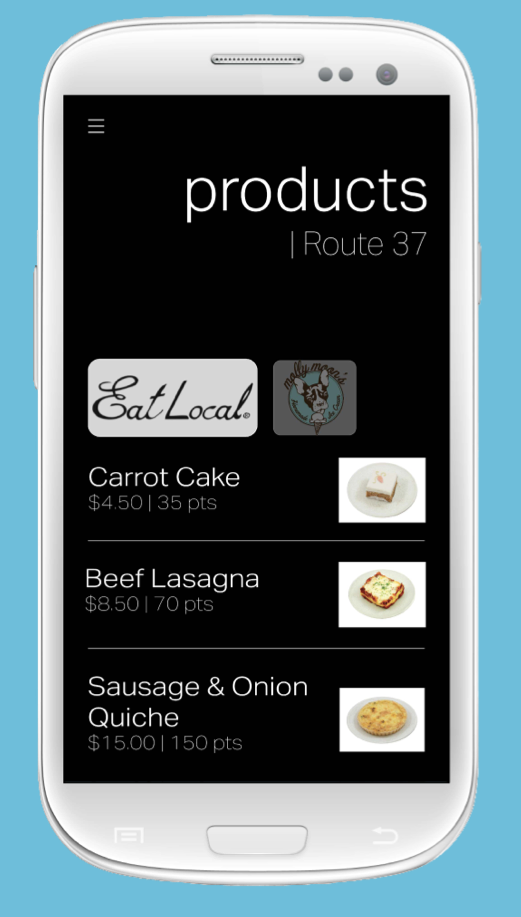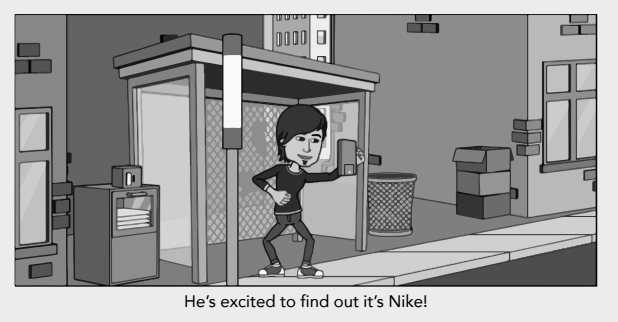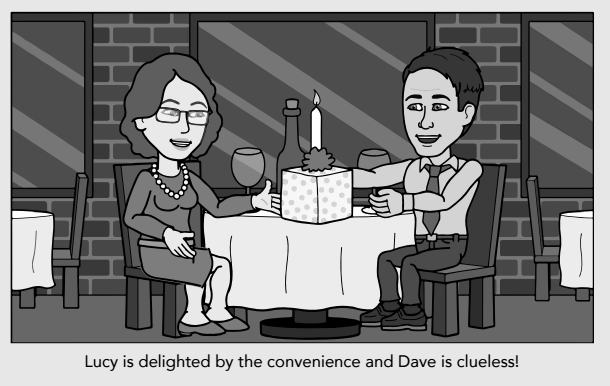DESCRIPTION
This was the final project for an Interactive Design Class that was focused on addressing Seattle’s public transportation challenges. Our team addressed the Orca payment system and created a new bus concept to financially support our payment system.
MY ROLE + DELIVERABLES
One of four designers on the team. Our deliverables included a presentation of our research, introduction of bus concept, and the accompaning mobile application to support our payment stream.
METHODS
Market Research, Sketching, Team Brainstorming, Storyboarding, Wireframing, Group Presentations.
TOOLS
Google Forms, Adobe InDesign, Adobe Illustrator, Adobe Photoshop, StoryboardThat.
The Project
This was a final project of DES 383 Fundamentals of Interaction Design.The class was taught by Axel Roesler and Scott Ichikawa during the Summer of 2014. The class focused on human-to-product interaction and ways we perceive, understand, and experience the world in regard to objects, environments, or on-screen controls and information.
The project was constrained to the topic of public transportation. Our team focused on the complexity of the Orca Payment System in the Greater Seattle Area and attempted to simplify the current payment. The Freemium Bus Project eliminates fares by applying the In-App Purchase model to Public Transportation. The team and our process is outlined below.
The Process
Our design process for this class consisted of three distinct phases:
- Research
- Ideation
- Design
Research
The initial phase of our research began with identifying the problem and why this is an important issue for the Greater Seattle area.
- projected population growth for Seattle
- lack current infrastructure to support growth
- sustainability
- increase ridership
- financially viable
- accessibility
- current system is confusing and lacks integration
- current outlook is bad with significant route cancellations
- less cars on the road
Current Data
- 2013: approximately 659,000 people living in the Seattle city limits
- 5 million in Seattle-Bellevue-Everett-Tacoma corridor
- More than half of Washington’s population
- In 2012 Seattle had 14th largest population growth in the country
- In 2013 King County Metro delivered 118.5 million trips
Projected Data
- By 2040, the larger Seattle area is expected to grow by 1.7 million people, with a total of 782,00 in Seattle proper by 2040.
The second part of our research was looking at ORCA, the current payment system of King County Metro, and the different use cases for ridership.
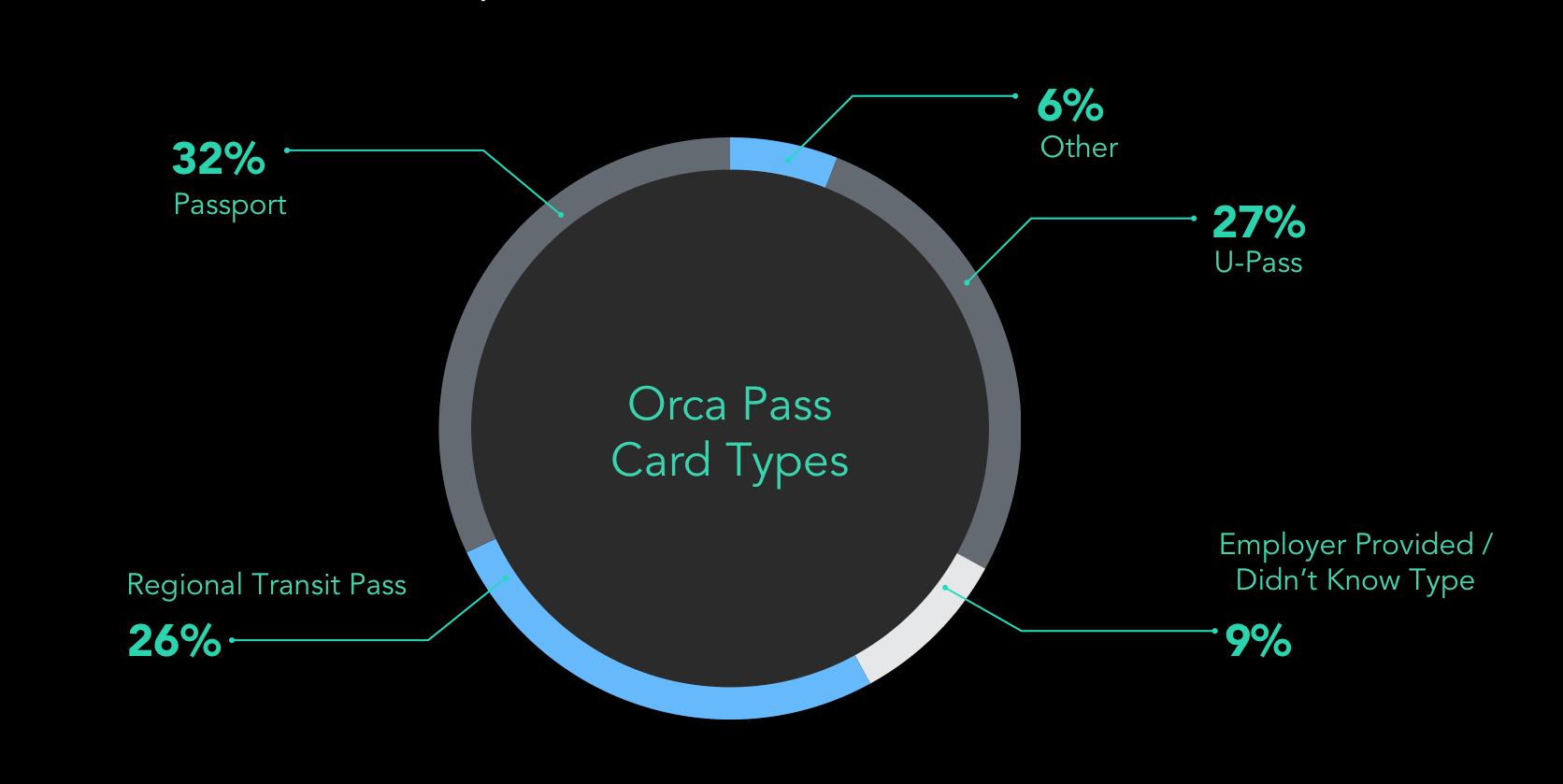
- 35% of Riders who continue to use cash have household incomes below $35,000
- 52% of youth and adult Riders using Orca Cards (excluding U-Pass) have incomes above $75,000
We identified three primary use cases:
- Tourist/New Rider
- Commuter
- Occasional/Social Rider
For the purpose of our payment simplification, we focused on the Tourist/new rider. For the long-term financial viability of our idea, we focused on the Commuter.
Ideation
Based on our research, we created 6 guiding principles for ideation that our final solution would have to satisfy.

Our main question we tried to answer was what is the best way to reduce complexity and eliminate payment confusion? The solution we kept returning to was FREE, but we knew this had already been unsuccessful in Seattle with the Ride-Free Zone. What we needed to figure out was how could we make this a fiscally viable. We began looking at fare free cities around the world, and how they supported it.
Our Big Idea
As a result of this research we were able to come up with our big idea. Why not apply the successful payment model of Freemium in-app purchases to public transportation?
Sketching
Our initial sketching began with the bus concept and a use case scenario.
We identified four ways the Freemium Bus concept would generate income:
- Corporate sponsorship
- On board kiosks
- In-app purchases
- Rewards system
Here is some of our inspiration
Design
For the final design, we refined the concept of our bus, developed the mobile application, and created high fidelity scenarios to highlight the user interactions.
The Bus
We created a double decker bus concept that could accommodate the vending machines on the bottom floor and on-board cafes and boutiques on the upper level. Corporate sponsorship could create concept busses that were themed based on the sponsor. Starbucks busses would have a barista/cafe on the bus. Nike bus would have a vending machine or boutique on the bus.
The App
For the app we began with sketches, moved to wireframes, and then created the final design.
Wireframes
Final App Design
Scenarios
We created three personas and use-case scenarios. I created the scenarios for Lucy and Edward.
Leo – An occasional rider redeeming points
Lucy – A commuter who forgot a friend’s birthday
Edward – A commuter picking up dinner for his sick boyfriend
Please contact for copies of our presentations.










